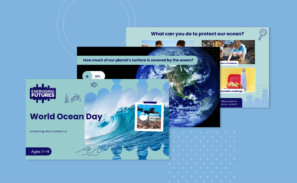
World Ocean Day assembly (11-14)
Use this presentation to celebrate World Ocean Day. Take a quiz about our ocean, discover the issues it’s facing and learn how we can take action to protect it for the future. Also features ocean careers.
36 results

Use this presentation to celebrate World Ocean Day. Take a quiz about our ocean, discover the issues it’s facing and learn how we can take action to protect it for the future. Also features ocean careers.
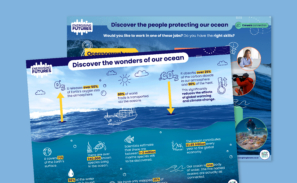
Build awe and wonder with this amazing ocean facts poster and meet Gatsby benchmarks as students discover new careers linked to protecting the ocean.
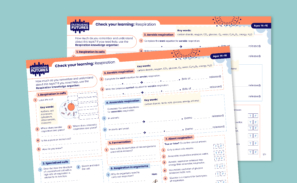
How well do your students know respiration? This resource helps assess aerobic vs. anaerobic knowledge. Pair with the Respiration Knowledge Organiser for effective revision.
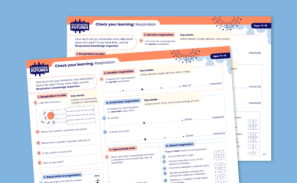
Struggling with respiration? This resource helps identify gaps and assess aerobic vs. anaerobic knowledge. Pair with the Respiration Knowledge Organiser for extra support.
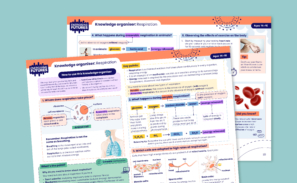
This two-page revision guide clears up misconceptions about respiration and explains aerobic vs. anaerobic respiration.
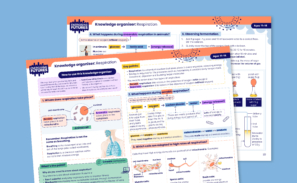
This two-page revision guide clears up misconceptions about respiration and explains aerobic vs. anaerobic respiration.
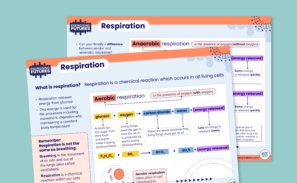
Use this 2-page poster to tackle misconceptions about respiration and ventilation, and discover the differences between aerobic and anaerobic respiration.
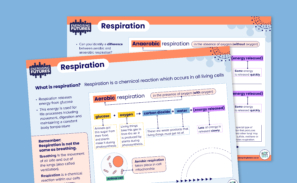
Use this 2-page poster to tackle misconceptions about respiration and ventilation, and discover the differences between aerobic and anaerobic respiration.
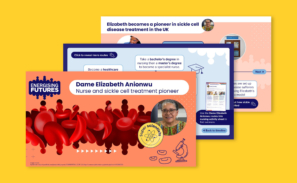
Use this presentation to learn about the career of pioneering nurse Dame Elizabeth Anionwu, her achievements and legacy in nursing and sickle cell disease.
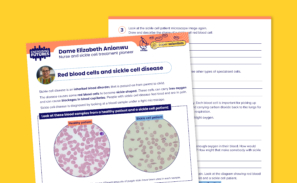
Using students knowledge of blood cells, breathing and respiration, students discover why sickle cell patients suffer from their symptoms.
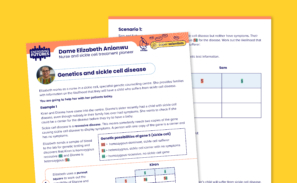
Apply students’ knowledge of Punnett squares to understand the genetics of sickle cell disease. Bring their learning to life as students help families discover the possibility of their child having the disease.
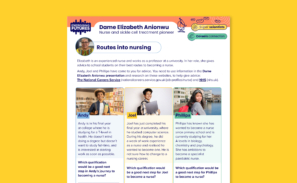
Students develop research skills to discover the different pathways into a nursing career. They learn that nursing qualifications have varied entry requirements, making it an accessible career for all.
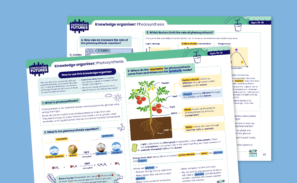
Consolidate learning with this photosynthesis knowledge organiser. Revise the photosynthesis equation, the reactants and products of the chemical reaction and what affects the rate of photosynthesis. Plus, use the glossary to ensure your class can use key vocabulary about the topic.
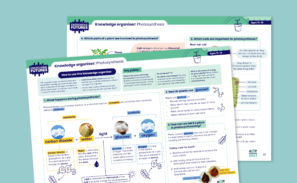
Consolidate learning with this photosynthesis knowledge organiser. Explore how plants use glucose, testing for starch and ensure your class knows the key vocabulary to talk about the topic.
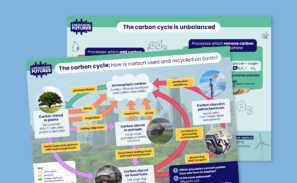
Use this 2-page poster to find out about the process of the carbon cycle, how carbon is used and recycled on Earth and why this is important.
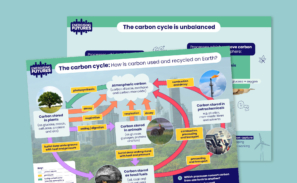
Use this 2-page poster to find out about the process of the carbon cycle, how carbon is used and recycled on Earth and why this is important.
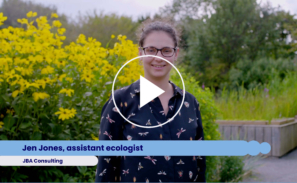
Watch Jen, an ecologist, at work and find out about the knowledge and skills she needs for success.
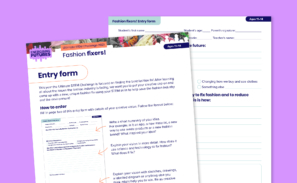
Provide each student with this activity sheet so they can describe their own creative vision for how to fix fashion for the future!
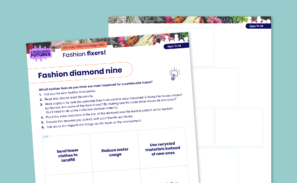
Students use this diamond nine ranking structure to decide which fashion fixes are the most important for a sustainable future.
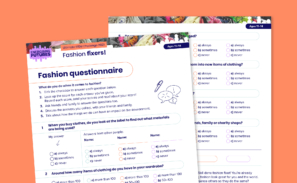
A questionnaire for students to gather data about how they, their friends and family buy, use and dispose of clothes.
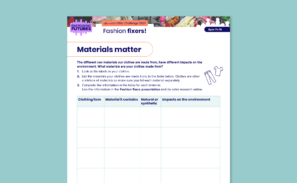
Review the materials our clothes are made from and find out which are more sustainable.

This presentation explains the impacts the fashion industry has on the environment, and inspires students with innovations that are fixing fashion.
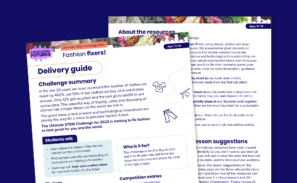
Find out everything that you need to know, to inspire your students to become fashion fixers with this real-world challenge!
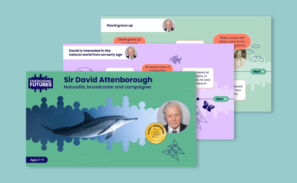
Use this presentation to find out about the life, career and achievements of naturalist, broadcaster and super scientist Sir David Attenborough.
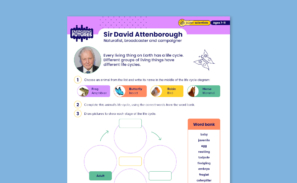
Pupils use this activity sheet to learn about life cycles and get creative while planning their own wildlife documentary.
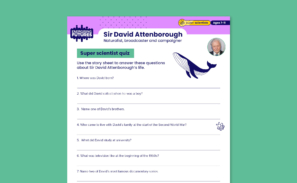
Ten-question quiz about the life and career of naturalist and super scientist Sir David Attenborough, for use with the life story information sheet.
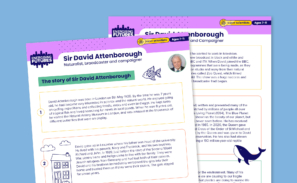
Simple information sheet describing the life, career and achievements of naturalist, broadcaster and super scientist, Sir David Attenborough.
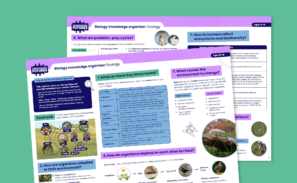
This two-page visual organiser contains essential knowledge for students learning about ecosystems and ecology.

An activity sheet for students to record their findings about wildlife and natural areas in their local community.
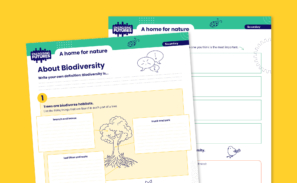
After watching the videos, use this sheet to record what biodiversity is, why we need it to survive and how it's changing over time,